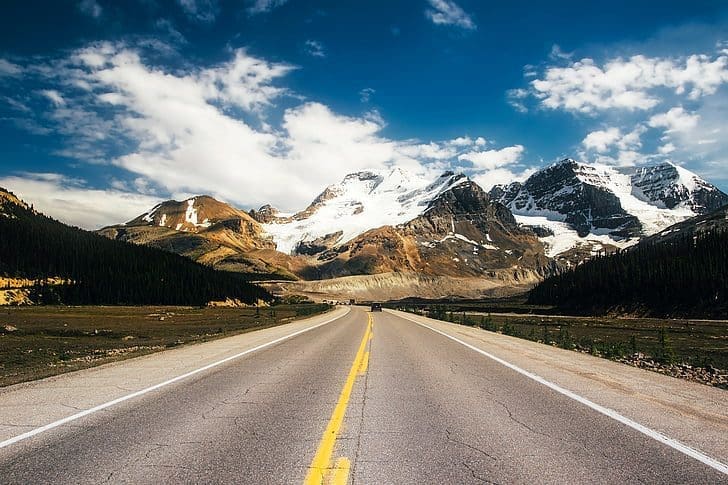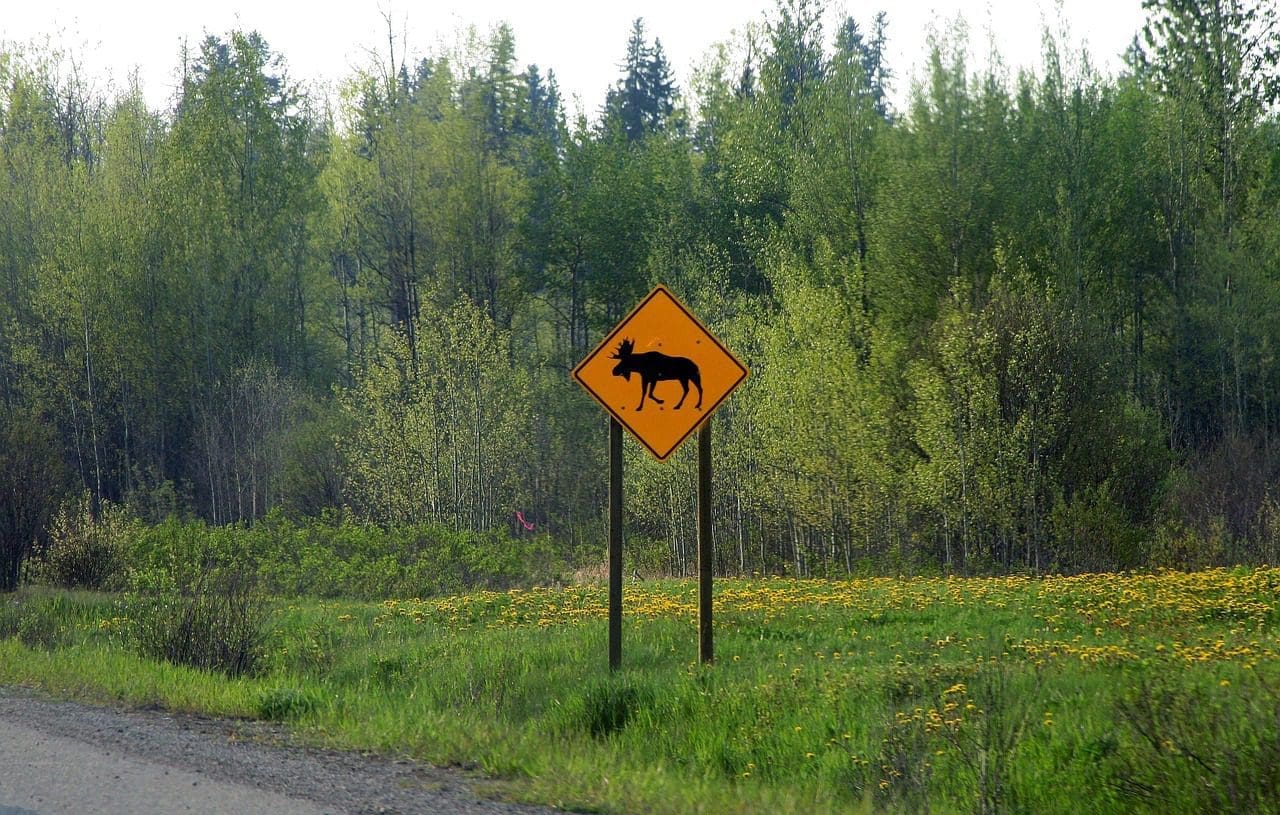
When you travel to Canada, there is nothing special that is required. The usual travel necessities such as alarm clock, allergy medicine, contact lenses, extra glasses etc. are recommended.
What to bring during your travel to Canada?
Sunglasses with UV protection are required just about all year round. The bright sun during the summer months can be very bright and damaging to unprotected eyes. A hat for the same reason can also be a good idea. Winter months also have many blue skies with bright sun reflecting off the snow and ice, which can prove to be sore on the eyes if not protected.
When travelling not in the summer, warm clothes are essential. A thick and thin layer combination with something windproof is the best idea. Don’t underestimate just how cold it can get or how much the weather can change from day-to-day. Even in the south, a temperature change of 30 degrees or more is not unheard of. Gloves, scarf and hat should be worn during the winter to protect against frostbite and hypothermia.
Other items such as good walking boots and socks are worth bringing for any travellers with an interest in walking especially if you are carrying a backpack. Sometimes it can be quite a walk from, say, the bus terminal to a youth hostel. Walking in the snow on roads that have not been swept can be extremely hard going, and even in busy city downtown areas, it can be the late afternoon before streets are cleared.
When travelling to Quebec, a French Phrasebook might be useful to those who don’t speak French well. It can be common for people in Quebec not to speak any or very little English.
Canada Tourist Visas and Passports
To enter Canada, you require a valid passport unless you are a US citizen crossing the US and Canadian border. In this case, good identification is required.
Visas are not required from most western countries. Exceptions include South Africa, Hong Kong and Taiwan. All communist and eastern Europe countries require a visa for entry.
Visas must be obtained before you leave. You can also apply for eTA Canada to fly to, or transit through, a Canadian airport. It only costs CAD $7.
Work and holiday visas are different, so make sure you get the correct type. Work visas are required for anyone apart from US citizens wishing to work in Canada.
Visas can be extended for a fee and must be requested at least one month before expiry.
Travel Insurance
It is recommended to have adequate travel insurance for Canada. Your policy should cover medical along with theft and loss of personal items.
For more expensive items such as laptop computers, you will need to check your home contents insurance policy to make sure it covers your more costly items when travelling abroad. Most insurance companies do not cover items of significant value.
Camera and photography equipment might also not be included in your travel insurance. Photography Insurance specialists might be recommended.
Some dangerous activities may be excluded from your medical coverage. Check before you buy your insurance and see if there is an option to include it if you are considering anything like kayaking and sometimes even trekking.
A policy that pays direct rather than refunds your costs is usually better. Check this out and make sure you have all the documentation.
Keep the insurance company emergency telephone number to hand and in more than one place. It is not much use if it is all in your suitcase when that goes missing or in your wallet if it gets stolen.
Health, Dangers and Safety
Health Advice for your travel to Canada
You do not require any special immunizations for travelling to Canada, however, if you require a visa to enter, there may be special health requirements. You should check this when applying for your visa. As with all travel, you may require booster shots, and it can be worthwhile going to your family doctor for advice.
Ensure your teeth are ok. Dentistry is not included in most medical insurance and can be costly in Canada. Bring a spare pair of glasses or contact lenses if you require them. If you lose or damage the only ones you have, finding a replacement can take time and be expensive.
If you take any medication of any kind, be sure that you have enough to last your trip. Some medication you use may not be available in Canada, or they may have a different kind.
A basic medical first aid kit is recommended to be included and brought with you when trekking, biking, or when you are participating in any potentially harmful activity.
When outside, sunburn can be common even in the cold winter weather, make sure you are protected from the sun in all weather.
Sun reflecting from the snow can cause ‘snow blindness’. Sunglasses with UV protection should be worn when outside in the snow and during days of strong sunlight.
The cold can also cause damage. Your skin can be dried out and result in chaffing and dehydration of the skin. This can be a painful experience, and it is recommended to use chapstick and skin moisturiser for exposed skin in cold and windy weather.
Be aware of frostbite in the cold. This is caused by a combination of low temperature and wind, known as wind chill. Check the weather forecast before setting out for local information, which will usually comment, about frostbite if it is an issue. Fingers, toes, nose and ears are the most common places for frostbite. Wearing sunglasses increases the chance of frostbite on the ears, so cover up with a good hat.
Having a light snack before and during travel can reduce motion sickness. Being in the middle of a bus, the centre of a boat and near the wing of a plane can all help to reduce the feeling of motion sickness. Fresh air also helps, but reading does not. If you are prone to motion sickness or are going on a journey where it might affect you, taking motion sickness medicine before the trip commences is recommended. This usually has to be taken an hour before.
Altitude sickness can affect people in areas of high elevation due to the lack of oxygen. This can be a serious and sometimes fatal illness. Drink as much fluids as possible and eat high-carbohydrate meals for extra energy. Do not ingest alcohol or sedatives or anything that may increase the risk of dehydration, when mountain climbing seek advice on altitude sickness from a local ranger.
It is safe to drink water from the tap anywhere in Canada unless otherwise stated. Do not drink water from lakes or rivers unless you boil it thoroughly for at least 5 minutes. Filtering will not remove all of the organisms. It is recommended to buy bottled water, which is available from anywhere that sells drinks.
Diseases in Canada are similar to the rest of the western world. STDs, HIV and AIDS are all serious issues in Canada and precautions should be taken. Rabies is not a significant problem in Canada but some foxes, raccoons, and coyotes are infected and do come into the cities or to camps. Diseases and infections can be caused by ticks and organisms in the water, so be aware of this.
Dangers and Safety during your travel to Canada
In the countryside, bears can cause problems when encountered. Bears are usually looking for an easy meal, and any food you may be carrying can offer a tasty treat. Make sure campsite food is kept hanging high in a tree away from the camp. Remember bears can climb trees, so consider this. Bears do not eat people. Coming into a conflict with a bear can be very dangerous and should always be avoided. Always try to be noticed by the bear, so it doesn’t become startled. Seek advice on dealing with a bear encounter from a national park warden.
A fed bear is a dead bear. If you feed a bear, it will always come back for more and immediately loses its fear of humans. This is very dangerous, and these bears will eventually lose their lives to a park warden. It is not advisable to feed any cute animals when camping or walking. They will eventually come back in the middle of the night to help themselves and often bring more significant and less welcome friends.
In the northern parts of Canada, mosquitoes and blackflies can be extremely irritating. Close-fitting clothes and cap are recommended to avoid constant itching. There are serious hazards from these insects, but they can drive you mad.
There are no poisonous spiders or insects in Canada. Venomous rattlesnakes, which can be found anywhere in Ontario, Manitoba, Alberta and British Columbia, are not often seen but do pose a serious threat if you are bitten.
If you have an allergy to wasps, bees or hornets, you should carry a kit with you.
Elk can prove to be dangerous, especially males during rutting season and females while pregnant. They move at quite a speed and can cause people and vehicles severe damage. They should not be approached no matter how friendly they look.
Moose in some places can cause severe damage to vehicles and their occupants. When driving at night, be careful and keep on the lookout. Headlights confuse these animals, and they often run towards the car. Slow down and turn off your lights if you see a moose. Beware of other vehicles before doing this to avoid someone else crashing into you. Moose collisions are often fatal.
Other dangerous animals include cougars (mountain lions) and wolves. Neither are seen often and mainly come out at night. Coyotes can pose a problem and should never be approached. They will generally not hurt people, but small children should be kept an eye on if there is a chance of coyotes being around, even in city suburbs. Coyotes are not shy.
In an emergency dial 911 for all police, fire and medical emergencies. In Churchill, Manitoba, you can dial B-E-A-R (2-3-2-7) if you spot a polar bear in the city. You should report these polar bear sightings in Churchill for the safety of the residents and visitors to the city during your travel to Canada.
In urban areas, homeless people can be found all over. The number of beggars can be quite surprising and is on the increase across Canada. These people do not generally pose any threat to your travel to Canada.
Seek advice when camping regarding campfires. In some places, campfires can be illegal, and during dry periods, a fire can start quickly and create vast amounts of damage. Make sure you extinguish your campfires properly when finished. The same goes for cigarettes.

1 Trackback / Pingback